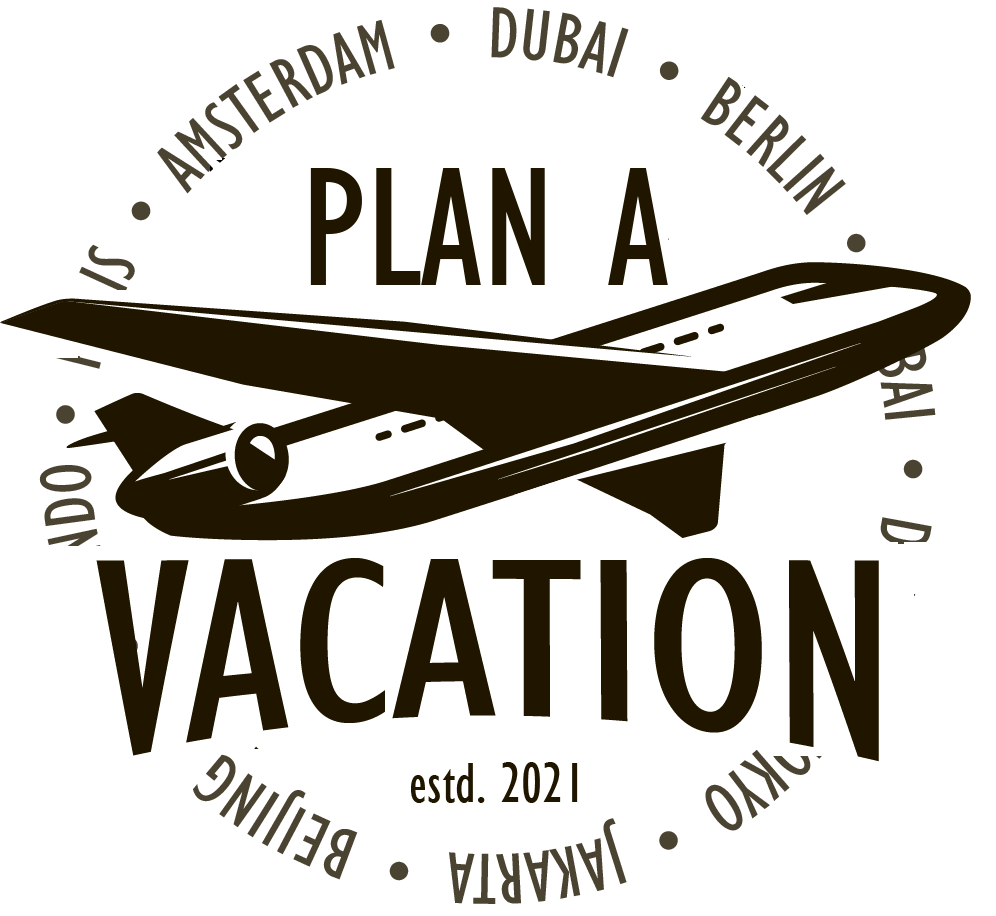Tarawa

Tarawa is the capital of the Republic of Kiribati, and is one of 32 atolls that form the island nation. It is also an atoll within the Gilbert Islands, an archipelago of atolls on the western side of Kiribati. Tarawa is divided into North Tarawa and South Tarawa. North Tarawa is geographically similar, in population, to the remote islands in the Gilberts. South Tarawa, in contrast, has a dense human population. It is home to about 50,180 residents, which is half of Kiribati's entire population.
Map
Brief History
According to Kiribati legend, Tarawa was created by Nareau the Spider. Before its formation, Tarawa was a part of Earth when the land, sky, and ocean had not yet been separated. Nareau separated the three elements of Earth, and Tarawa was declared the sky.
Tarawa has been home to human inhabitants for thousands of years, and archaeological evidence dates human traces back to 200 BC. Since then, the atoll has been home to resident and transitory populations. The indigenous population, which still resides on Tarawa, is known for their excellent seafaring skills. Today, their primary mode of off-island transportation is in handmade vessels constructed using ancient techniques passed along by their ancestors.
Europeans have explored and lived on Tarawa since the 1700s. In 1788, Thomas Gilbert of the East India Company was the first European to document accounts of Tarawa. He drew sketches of the island and named Tarawa's largest lagoon Charlotte Bay. Tarawa was occupied by the Japanese in World War II, and on November 20, 1943 it was the site of a brutal battle known as the Battle of Tarawa. The battle left 6,000 Japanese and American soldiers dead and thousands more wounded. It ended with American forces securing the atoll, but at a heavy cost. Remnants of the battle such as coastal artillery can still be seen on the atoll today.
Topography
Geographically, Tarawa is comprised of a large lagoon that totals 193 square miles and a wide coral reef. Tarawa is made up of several islets separated from each other by channels. The northern part of the island features a string of islets, with the one farthest north being Buariki. The rest of the small islets are separated by wide channels that can be crossed when the tide is low.
Environment
Tarawa's climate is defined as a tropical rainforest climate. Mild temperatures dominate the region between April and October, while gales blowing in from the west bring steady, soaking rains and strong winds to the region between November and March.
Tarawa is home to an array of flora and fauna, including a wealth of marine life. The seas around Tarawa teem with tropical fish, shellfish, and sharks. Coconut palms, banana trees, and papaya trees are some of the vegetative species that grow on the island.
Travel Information
To get to Tarawa, you can fly into the Bonriki International Airport, which is on South Tarawa, opting for Fiji Airways or several other airlines. You can also get there by boats that depart from Fiji. The best place to visit is Red Beach, where you’ll be able to enjoy the fresh ocean air and long strolls. Other famous attractions include the Kiribati Parliament Building and many of the carefully preserved World War II guns.
